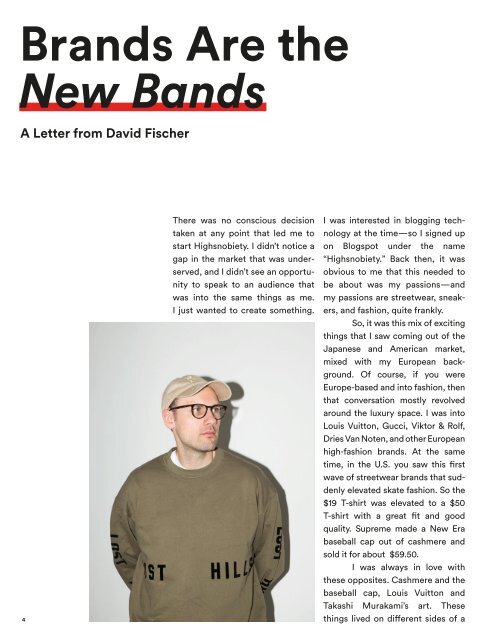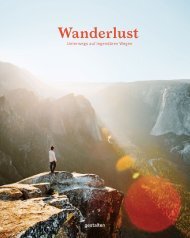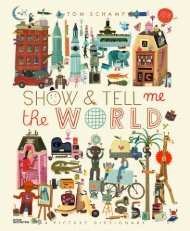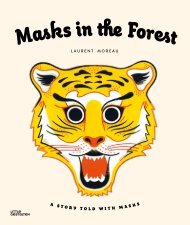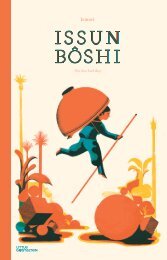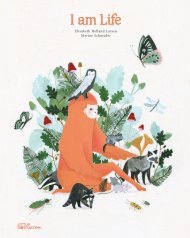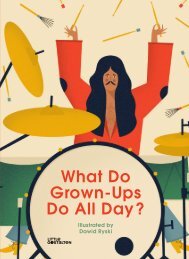Highsnobiety Guide – Sneek Peak
You also want an ePaper? Increase the reach of your titles
YUMPU automatically turns print PDFs into web optimized ePapers that Google loves.
Brands Are the<br />
New Bands<br />
A Letter from David Fischer<br />
4<br />
There was no conscious decision<br />
taken at any point that led me to<br />
start <strong>Highsnobiety</strong>. I didn’t notice a<br />
gap in the market that was underserved,<br />
and I didn’t see an opportunity<br />
to speak to an audience that<br />
was into the same things as me.<br />
I just wanted to create something.<br />
I was interested in blogging technology<br />
at the time—so I signed up<br />
on Blogspot under the name<br />
“<strong>Highsnobiety</strong>.” Back then, it was<br />
obvious to me that this needed to<br />
be about was my passions—and<br />
my passions are streetwear, sneakers,<br />
and fashion, quite frankly.<br />
So, it was this mix of exciting<br />
things that I saw coming out of the<br />
Japanese and American market,<br />
mixed with my European background.<br />
Of course, if you were<br />
Europe-based and into fashion, then<br />
that conversation mostly revolved<br />
around the luxury space. I was into<br />
Louis Vuitton, Gucci, Viktor & Rolf,<br />
Dries Van Noten, and other European<br />
high-fashion brands. At the same<br />
time, in the U.S. you saw this first<br />
wave of streetwear brands that suddenly<br />
elevated skate fashion. So the<br />
$19 T-shirt was elevated to a $50<br />
T-shirt with a great fit and good<br />
quality. Supreme made a New Era<br />
baseball cap out of cashmere and<br />
sold it for about $59.50.<br />
I was always in love with<br />
these opposites. Cashmere and the<br />
baseball cap, Louis Vuitton and<br />
Takashi Murakami’s art. These<br />
things lived on different sides of a<br />
spectrum, but they worked really<br />
well together. Right around the<br />
same time there was this art documentary<br />
called Beautiful Losers,<br />
which was produced by Sidetrack<br />
Films. It had ESPO, Harmony<br />
Korine, Shepherd Fairey, Barry<br />
McGee, Ed Templeton, and Mark<br />
Gonzales—and again, that title<br />
“Beautiful Losers,” I loved that as<br />
well. This attraction of opposites<br />
breaking down barriers and bringing<br />
different worlds together. That<br />
was always super exciting to me.<br />
I was always in love with these opposites. Cashmere and the baseball cap, Louis<br />
Vuitton and Takashi Murakami’s art. These things lived on different sides of a<br />
spectrum, but they worked really well together.<br />
Those are the things that I<br />
wrapped my life around—be it<br />
footwear, style, music, or art. At the<br />
heart of it, I was collecting the very<br />
best of what I found on the internet.<br />
What‘s interesting about blogs is<br />
that back then, blogs were a place<br />
where people had personal conversations,<br />
and they left notes. It was<br />
very personal. I think a lot of that<br />
conversation already existed on forums<br />
about sneakers and fashion,<br />
but nobody was doing it on a blog,<br />
where you could expose all of this<br />
great product to a potentially larger<br />
group of people, who maybe didn’t<br />
know what it was, but all of a sudden<br />
wanted to get into it. This was a<br />
pre-social media era, and for better<br />
or worse I wasn’t even really looking<br />
at numbers. But I started to understand<br />
their significance when I noticed<br />
the numbers were going up.<br />
The name “<strong>Highsnobiety</strong>”<br />
comes from the book How to Lose<br />
Friends and Alienate People, and the<br />
story‘s about this English journalist<br />
Toby James that moves to New York<br />
City, ends up working for Vanity Fair,<br />
and suddenly gets thrust into this<br />
dynamic social life with people in<br />
high society. And he becomes a<br />
complete asshole in the process.<br />
The German title of the book was<br />
“High Snobiety,” and to be honest, it<br />
was only the name that stood out to<br />
me. The name stands for what I<br />
loved back then, and what I’m still<br />
I‘m in love with. I love the wordplay,<br />
I loved this idea of being a<br />
“snob” about something, and by<br />
“snob” I don‘t mean the negative<br />
connotations of the word, but more<br />
this idea of being obsessed with<br />
something, like being snobbish on a<br />
certain subject matter. It’s like a double-edged<br />
sword. On one side, I’m<br />
100% snobby about what I’m into.<br />
On the other, I do my best to make it<br />
accessible. It‘s not just for a certain<br />
person anymore; anybody can come<br />
into this world and be attracted to a<br />
product, brand, or the lifestyle. The<br />
snob part of it is a little bit of a play<br />
on words, but what it plays to is this<br />
idea that we‘re looking and trying to<br />
cover something that‘s the best expression<br />
of a product.


